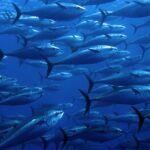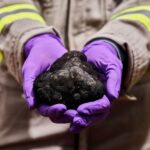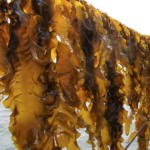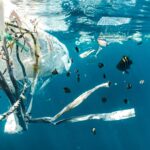Bluefin tuna is one of the largest fastest, and longest-lived migratory marine species in the world. These qualities have prompted researchers to study how various species of Bluefin tuna can be used as local
Bluefin tuna is one of the largest fastest, and longest-lived migratory marine species in the world. These qualities have prompted researchers to study how various species of Bluefin tuna can be used as local




